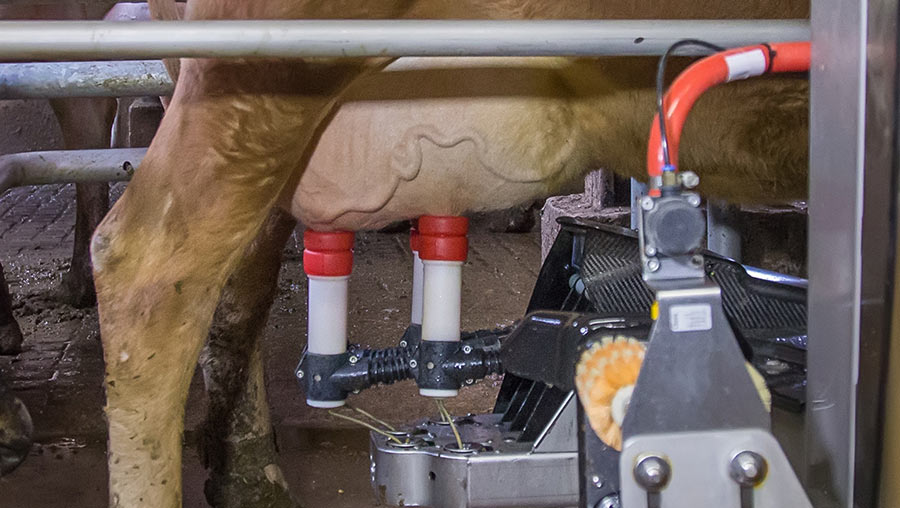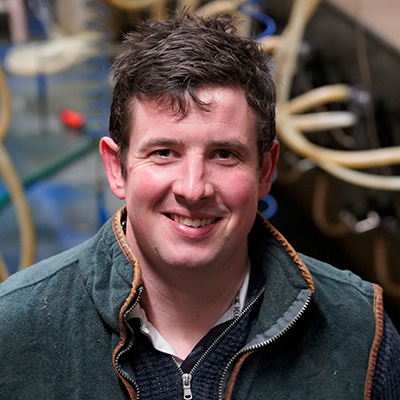Opinion: People are still farming’s greatest asset
 © Mulderphoto/Adobe Stock
© Mulderphoto/Adobe Stock I attended the Oxford Farming Conference last week.
As a Scot, the journey south, after overindulgence with friends at Hogmanay celebrations, is not ideal, but the opportunity to meet old friends and make new ones is an invigorating start to the year.
This year, the much-anticipated Oxford Union debate considered if humans would be required on farms in a generation.
See also: Opinion – it takes a good listener to become a good leader
Technology
Undoubtedly, automation has led to great changes on farms.
My grandfather probably looked at milking parlours in the 1960s much like I now look at the boom in robotic milking systems.
Technology has moved on, but the impact is similar – a lower labour requirement, larger farm businesses and huge efficiency gains, coupled with massive capital investment.
Will this progression plateau? Our farmed topography suits itself towards varying systems, with unique intricacies between business.
This lends itself to being managed by the skill of the people who work the land – more akin to artists than the controlled laboratory conditions favoured by automation.
As farm businesses chase efficiency gains which will put them on a sustainable footing after direct support disappears, it will be imperative to ensure the mistakes of the post-war mechanisation are not repeated, and we strive to preserve the farmed landscape as it is – or indeed improve it.
To preserve rural areas we must focus on keeping people on the land, encouraging businesses to create employment, and empowering those already there to feel valued and highlight the positive impacts they are having.
‘Re-peopling’
Communities, economies and ecosystems rely on successful rural businesses.
While there has been much fanfare about rewilding, should we not shift the focus to “re-peopling” and value the most important asset within our sector?
As we look towards a policy that prioritises nature-friendly food production, we too often overlook the positive impact that the humans on farms and crofts have on biodiversity, climate and the food security crisis.
Instead of looking for simpler, cheaper and more short-sighted answers, we should invest in long-term multigenerational solutions.
This is the real crisis in agriculture and rural areas – a crisis which demonstrates that we don’t value the people and their communities, who are continuously supporting and innovating to meet the ever-changing demands of consumers and the sector.
Policymakers need to commit and value the skills and experience of those who understand the challenges, successes and opportunities within agriculture – seeing the whole farm picture and not focusing on just one aspect.
Wellbeing roadshow
On the topic of valuing people, I am delighted that Farmstrong Scotland, a new wellbeing organisation that is looking to emulate a successful initiative in New Zealand, has launched its new roadshow.
The inspirational speaker is New Zealand dairy farmer Marc Gascoigne, who lived with severe depression and anxiety for nearly two decades but only realised when he had a panic attack.
He now uses the Farmstrong wellbeing steps to help him live well to farm well.
I am looking forward to hearing his story, which so many of us will be able to relate to with the turbulence we continue to face in farming.
It can be a real effort to have a positive outlook, but we must – and it’s the community of people we have that is our strongest asset.
After all, no robot can replace the emotional connection we feel with our land, livestock and people. This is something we should cherish.

